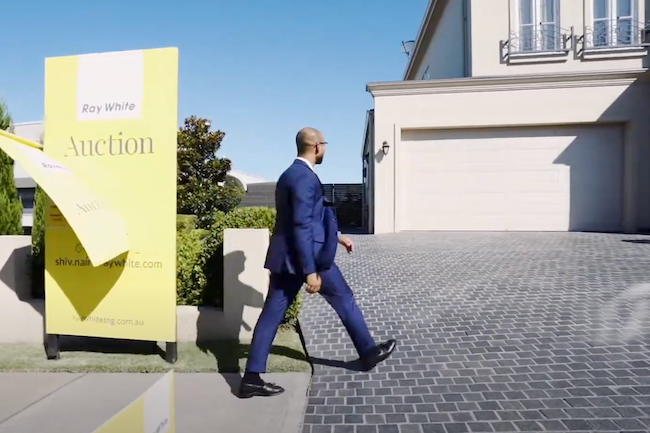The Great Australian Dream: A Shifting Ideal
The iconic notion of the “Great Australian Dream”—owning a home on a quiet suburban block—has shifted dramatically in meaning. With the average house price now exceeding $1 million, Australia has become the second most expensive housing market in the world, just behind Hong Kong. As of 10 June 2025, the Australian Bureau of Statistics (ABS) confirmed the milestone, solidifying what has long been feared: home ownership is no longer democratic, but increasingly elitist.
A Cost Beyond Reach
The implications are far-reaching. Today’s average home price is about ten times the average annual income before tax. Cities like Sydney, Melbourne, and Canberra had crossed the million-dollar threshold years ago. Now, no Australian capital city offers homes below that level. For global audiences, the BBC called it a housing crisis, while Forbes labeled it a historic economic shift. The Daily Mail declared, “Australian dream turns into a nightmare.”
Overlooked Suffering and Generational Decline
Despite these international headlines, Australian political and media conversations often ignore the deeper human cost. Shows like ABC’s Insiders may discuss youth hardship, but largely ignore the elderly and disabled—groups hit hardest by the housing affordability crisis. Meanwhile, the public watches the dream fade, especially for younger generations and working-class families.
From Backyard Bliss to Economic Exclusion
The dream of owning a modest, freestanding house with a barbecue and backyard clothesline—a central symbol of 20th-century Australia—is now unreachable for many. This ideal, immortalized in Ray Lawler’s 1955 play Summer of the Seventeenth Doll, portrayed the suburban home as a sanctuary of shared prosperity and personal security. Yet this dream has now fractured under economic inequality, rising land prices, and housing scarcity.
A Historical Promise Dismantled
Post-WWII immigration once brought millions to Australia with the promise of opportunity and home ownership. In 1947, just over half of Australians owned their homes. By 1966, that number rose to 73%, reflecting a democratic access to property. Home ownership symbolized freedom from aristocratic landholding systems and oppressive landlordism.
Declining Ownership and Rising Inequality
Fast-forward to today, only 67% of Australians own their homes. By 2040, projections suggest this will fall to 63%, essentially resetting the progress made since the 1950s. Particularly alarming is the trend among younger people: only half of Australians in their 30s own a home. With each generation since the baby boom, ownership rates keep sliding. The result? The Australian Dream is no longer universal—it’s exclusive.
The Dream Was Never Truly Universal
But the dream was never truly universal. Born in the era of the White Australia Policy, home ownership was a white dream on stolen land. As Stan Grant wrote, “The Australian dream abandoned us… condemned us to poverty.” Indigenous Australians were systemically excluded from land rights until 1966, and today only 42% of Indigenous households own homes, far below the national average.
Land as a Tool of Inequality
This stark divide reinforces that the dream never belonged to everyone—and now, it doesn’t belong to most. Land once promised as a foundation for democratic equality has become a tool of inequality. The modern housing market is feeding a new class war, where landlords and multi-property investors dominate, and renters are left without prospects of ownership.
Not Just a Housing Crisis, But a Democracy Crisis
Australian media might call it a “housing crisis,” but it’s truly a democracy crisis. The rising cost of housing is locking out ordinary citizens from wealth-building, mirroring a return to European-style feudalism. Where once home ownership was a path to freedom, it is now a marker of privilege. Those who own, increasingly own more. Those who rent, remain trapped in a cycle of instability.
The Need for Urgent Reform
The future seems bleak unless policy makers prioritize affordable housing, equitable land distribution, and meaningful reform. Without decisive change, Australia will solidify its status not as a land of the fair go, but as a nation of landlords ruling over permanent tenants. The Great Australian Dream will remain exactly that—a dream.






